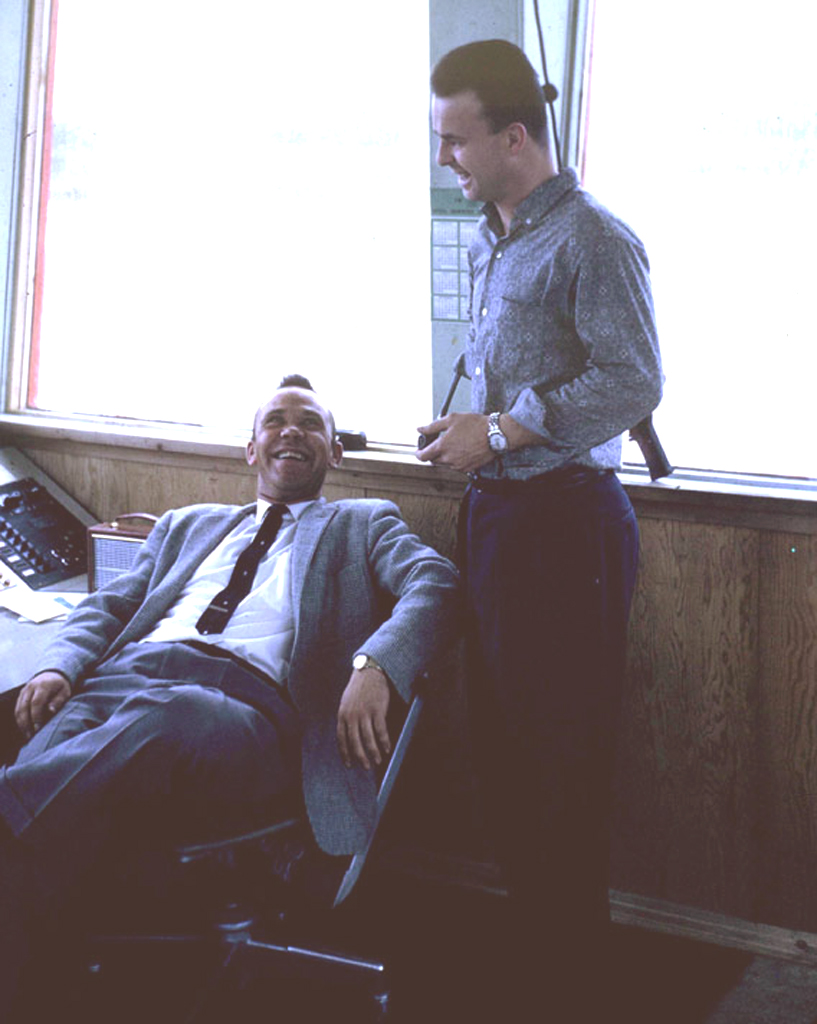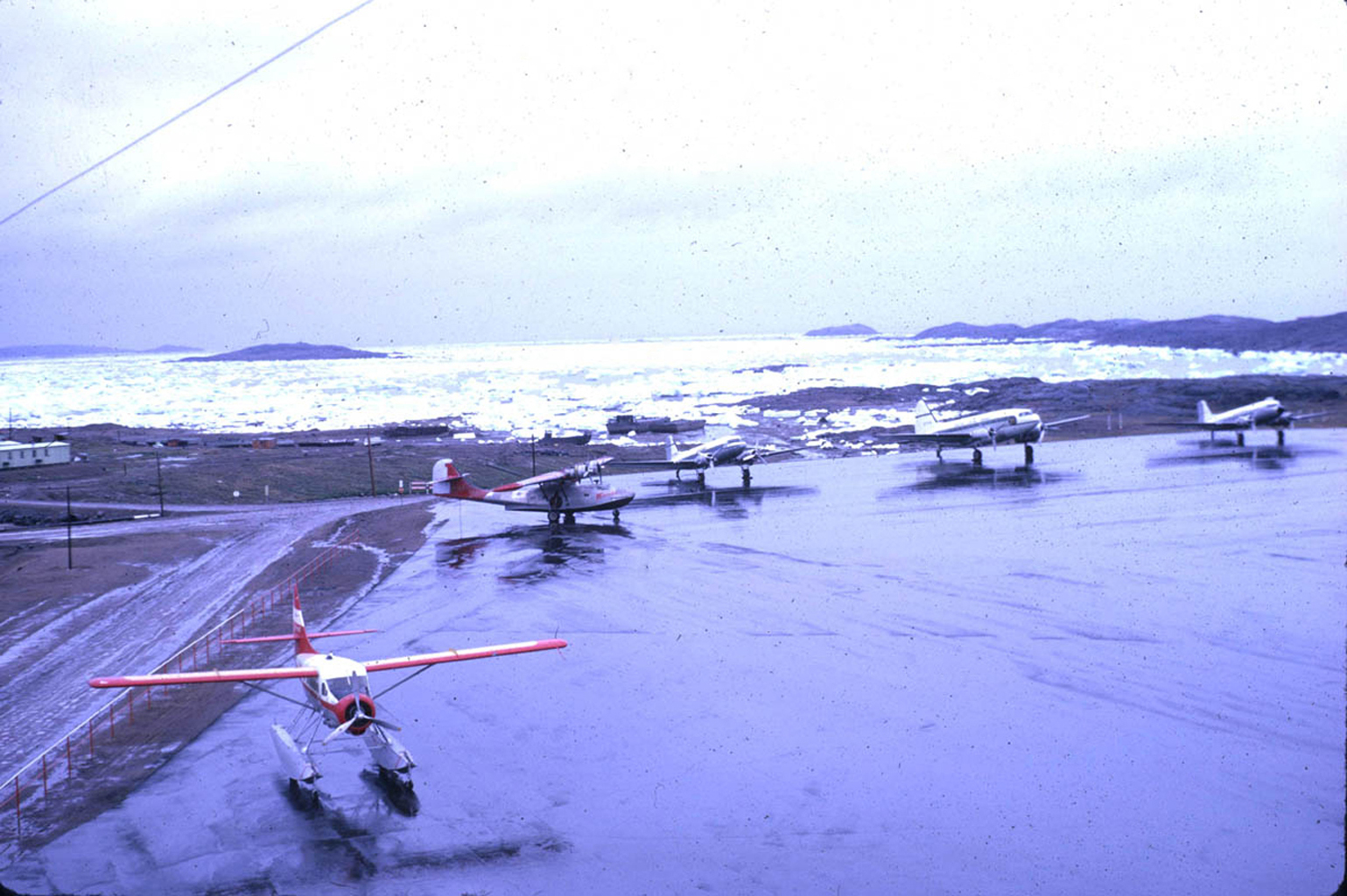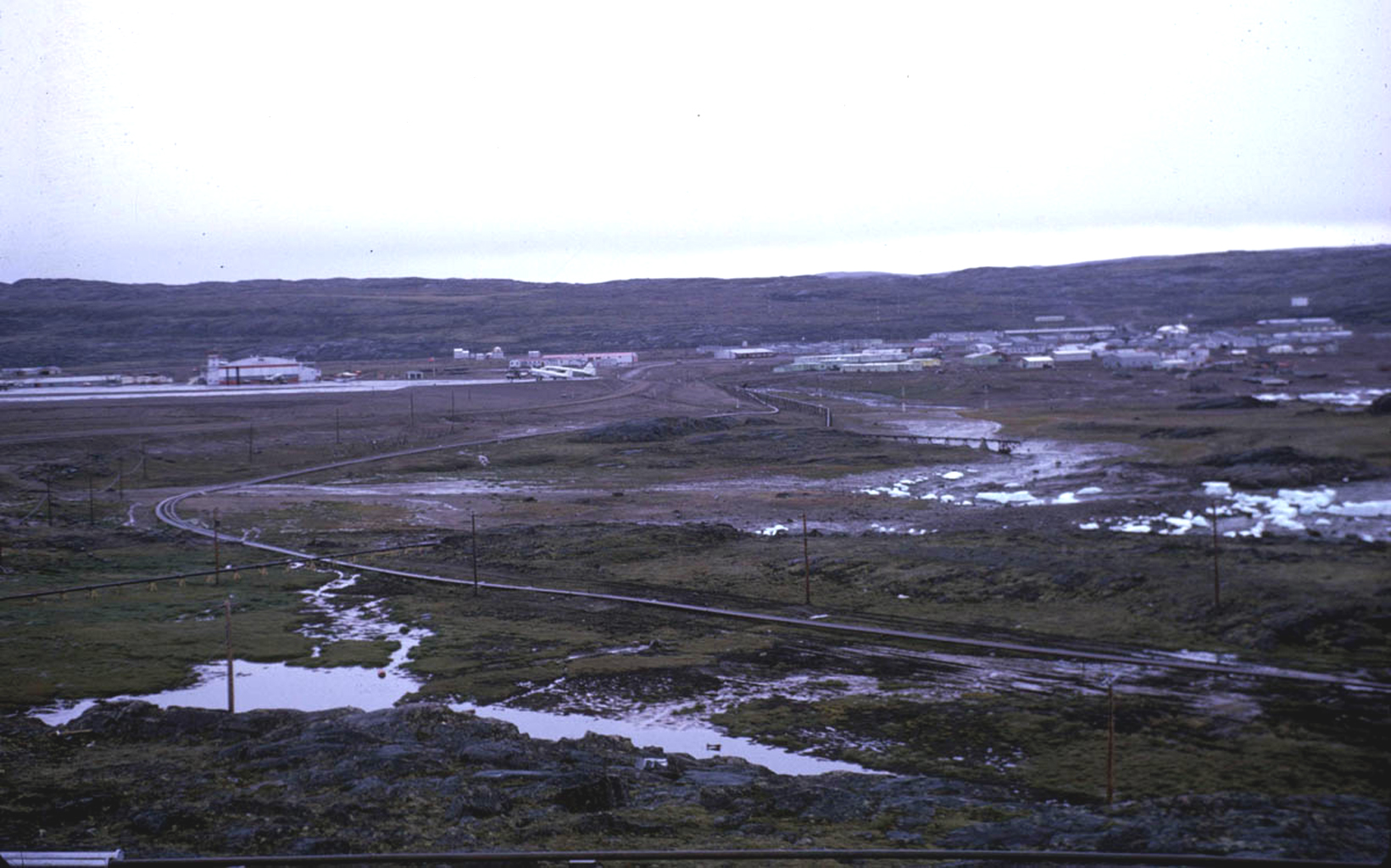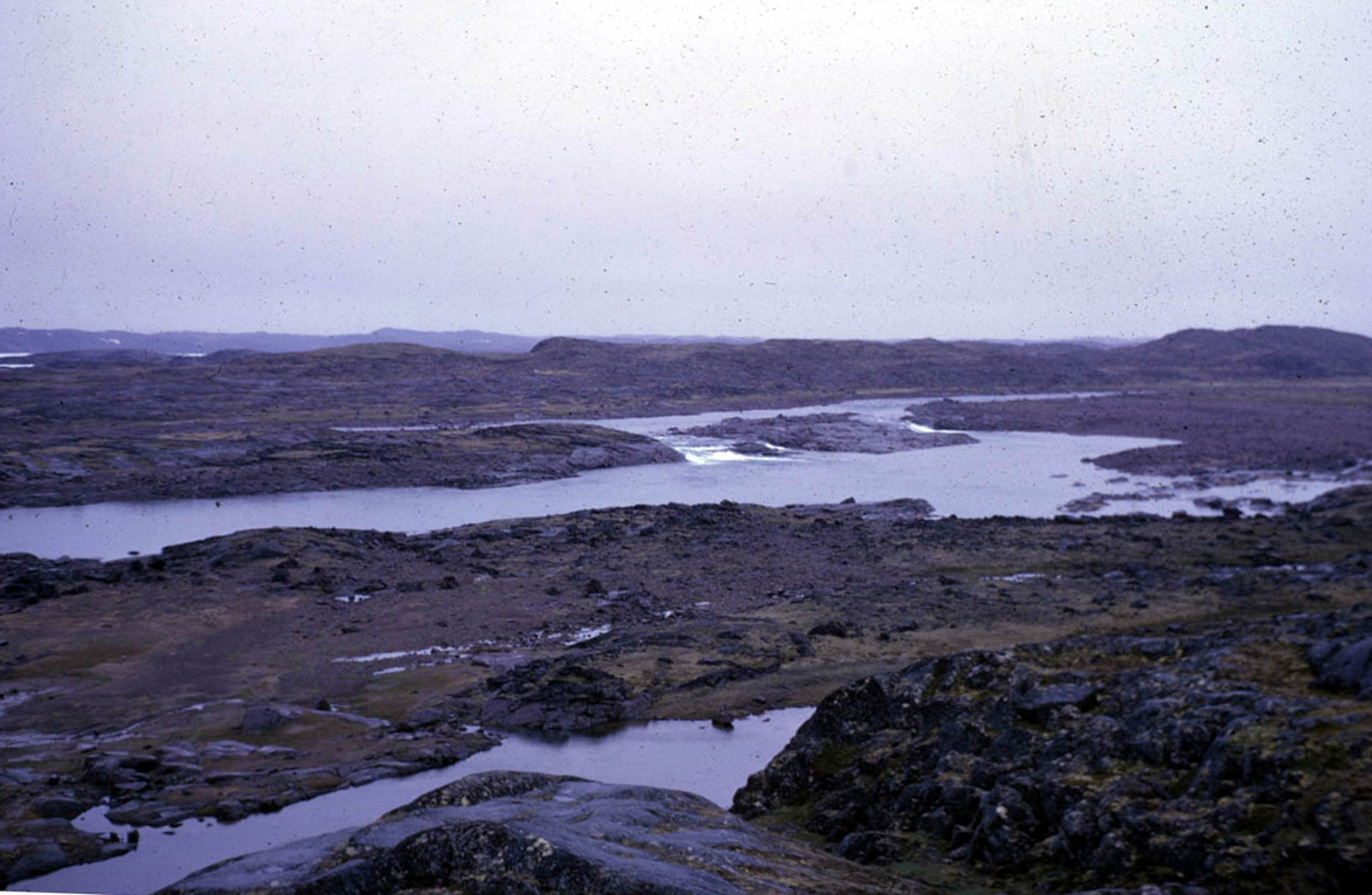|
|
|
Air Traffic Control history in Canada is a fascinating study but I can only relate to the years from 1967-2002. As a new VFR controller all I knew about ATC in the North I had learned in Ottawa on Course 20 in 1966. In other words I knew very little about Goose Bay Labrador and even less about Frobisher Bay NWT. After I checked out IFR in 1969 in UL I met several controllers who had worked in Goose Bay and Frobisher Bay. Men like Garney Strahl, Ed LeSage, Don Parrish and Ray Landry to name a few. So for the majority of us, then and now, our knowledge is limited to stories the "old timers" have passed along.
One of the many pleasures of creating and maintaining this website is re-establishing contact with many of the fine controllers I have had the distinct pleasure of working with, and meeting new people and learning about their experiences. What follows is information about YFB from Ed LeSage, information about YYR from Ron Hay, and pictures of both places provided by Ron Hay.
Although YFB is at 63°45'N/68°33'W and YYR is at 53°19'/60°25', I would consider YYR to be in "the North". North is more relative to the distance from populous areas of the province or territory. I grew up in Flin Flon MB [54°46'N/101°51'W] which is considered North in Manitoba. We moved to Thompson MB [55°48'N/97°49'W] and I thought the people from Sudbury were funny; they considered Sudbury [46°37'N/80°48'W] or about 580 miles south, to be in Northern Ontario.  will take you to the top of the page will take you to the top of the page |
 ✦✦✦ Frobisher Bay ✦✦✦
✦✦✦ Frobisher Bay ✦✦✦ 
|
Iqaluit, the largest community in Nunavut as well as the capital city, is located in the southeast part of Baffin Island, at 63° 45' N., 68° 31' W. Formerly known as Frobisher Bay, it is at the mouth of the bay of that name, overlooking Koojesse Inlet. "Iqaluit" means 'place of many fish'. From Ed LeSage: During my time there (1960 to 1963) USAF/SAC had about 15 KC 97 tanker a/c stationed there. Their purpose was to refuel the B52s (if necessary) that patrolled the Arctic during the cold war. The USAF built that runway that long to accommodate the B52 in an emergency. The USAF also operated the Dew Line Radar site at Upper Base. When transatlantic jet flights began, Frobisher Bay was also used to service the Trans Polar jet a/c that used it as a refuelling stop for the short haul B707's and DC 8's. Once the long range B707's and DC8's were put in service YFB was bypassed by them. All this time Canada provided the ATC service and when the USAF/SAC moved in Canada just continued providing that service. |

The "good old days" in Frobisher Tower in 1962. Garney Strahl and Ed LeSage enjoying a laugh. Note Ed's pipe! |
 The view from Frobisher Tower, August 1962. No, not a misprint, August 1962! Check out the aircraft types on the ramp, Otter, Canso, C-47, C-46 and C-47. |


Frobisher airport and control tower are in the distance on the left in this photo. The picture on the right show the rather stark landscape surrounding the small community |

 ✦✦✦ Goose Bay ✦✦✦
✦✦✦ Goose Bay ✦✦✦ 
|
CFB Goose Bay traces its roots to the Second World War. Canada built several strategic bases in Newfoundland and Labrador, for the protection of North America from attack on its northeastern flank, and in the case of Goose Bay, to act as a staging point in the north-eastern air route across the Atlantic via Greenland, Iceland, and the British Isles. In the summer of 1941, an RCAF survey team determined a suitable location for an air base. Construction soon followed the initial surveys and three (3) 7,000 foot runways were opened on Nov 16, 1941. The first military aircraft landed on Dec 9. At this time, over 3,000 RCAF personnel were assigned to RCAF Station Goose Bay. |

 ✦✦✦ The North ✦✦✦
✦✦✦ The North ✦✦✦ 


